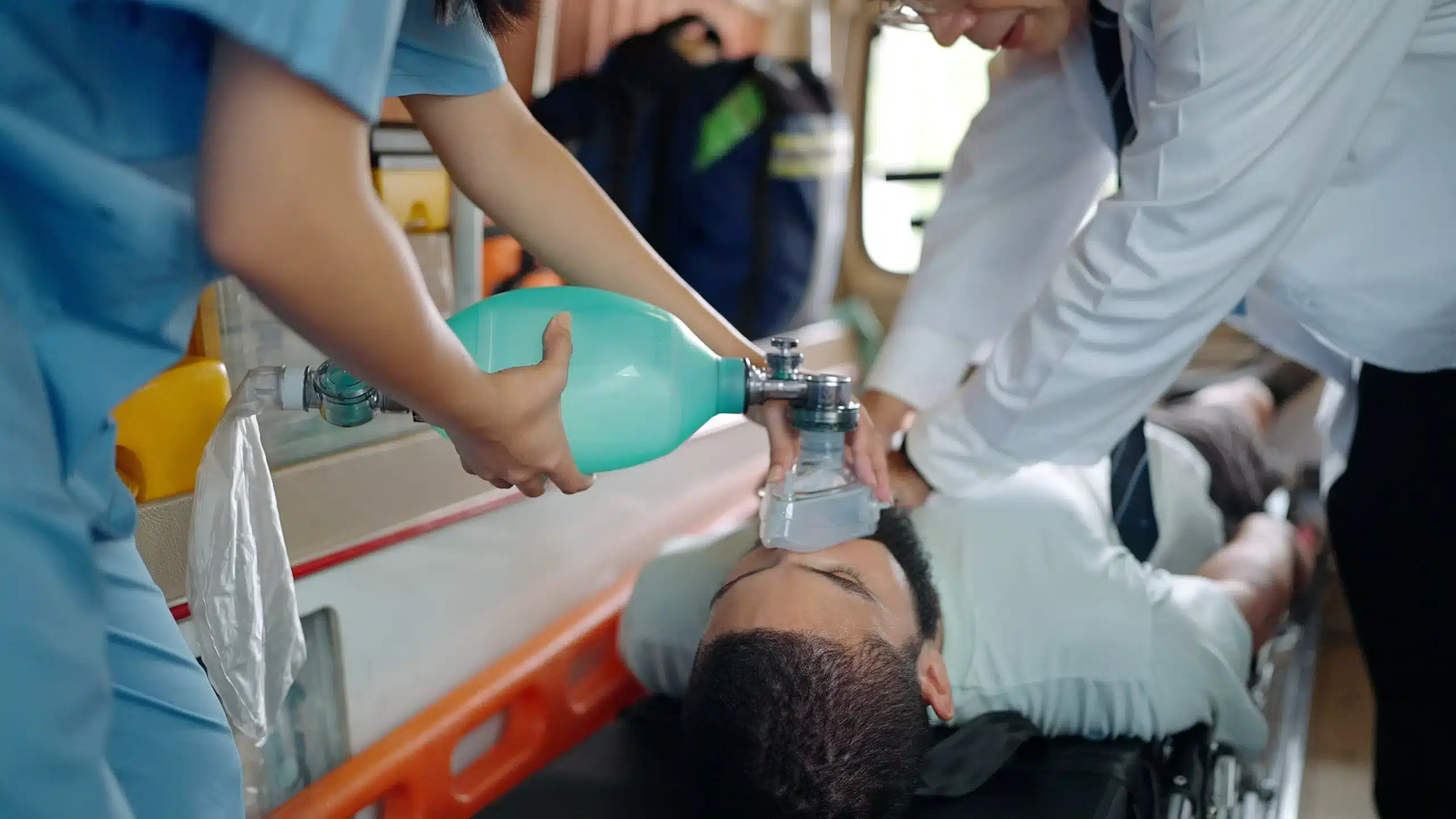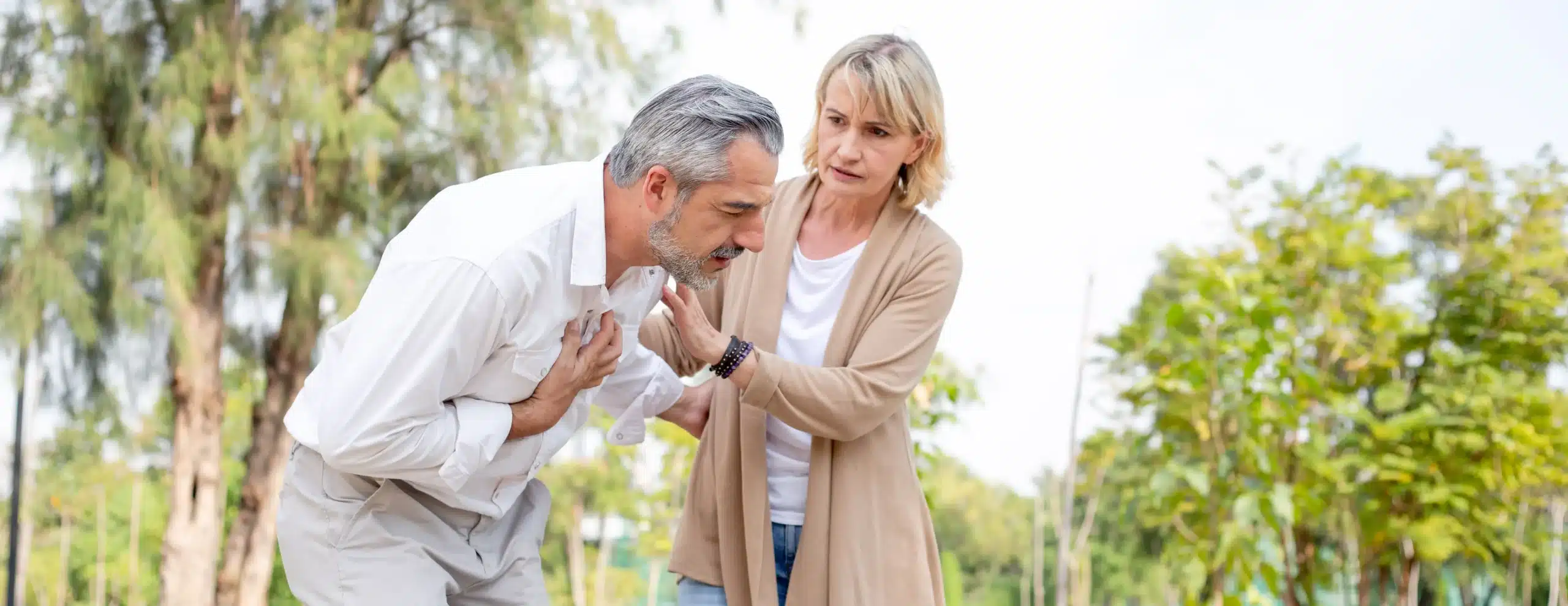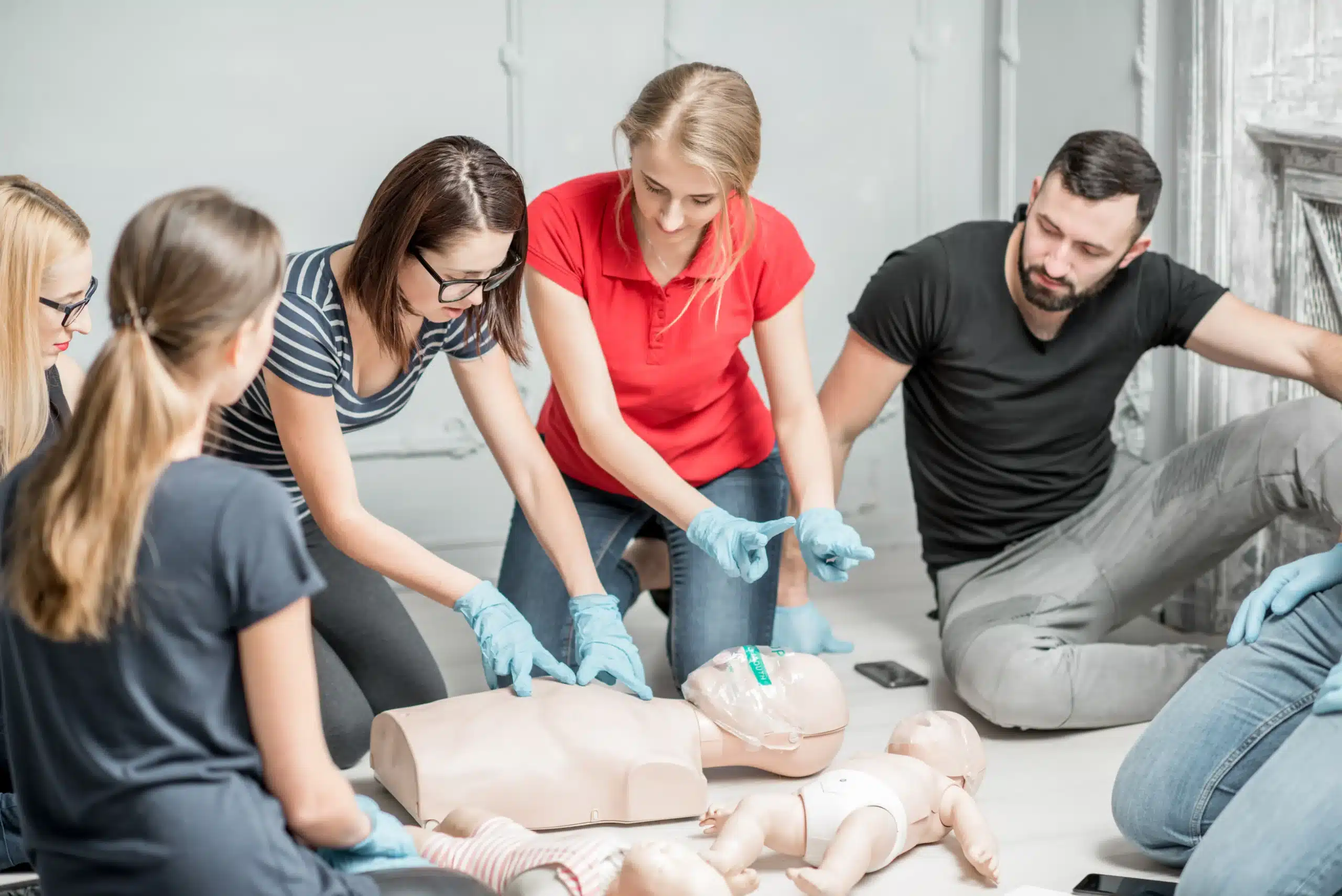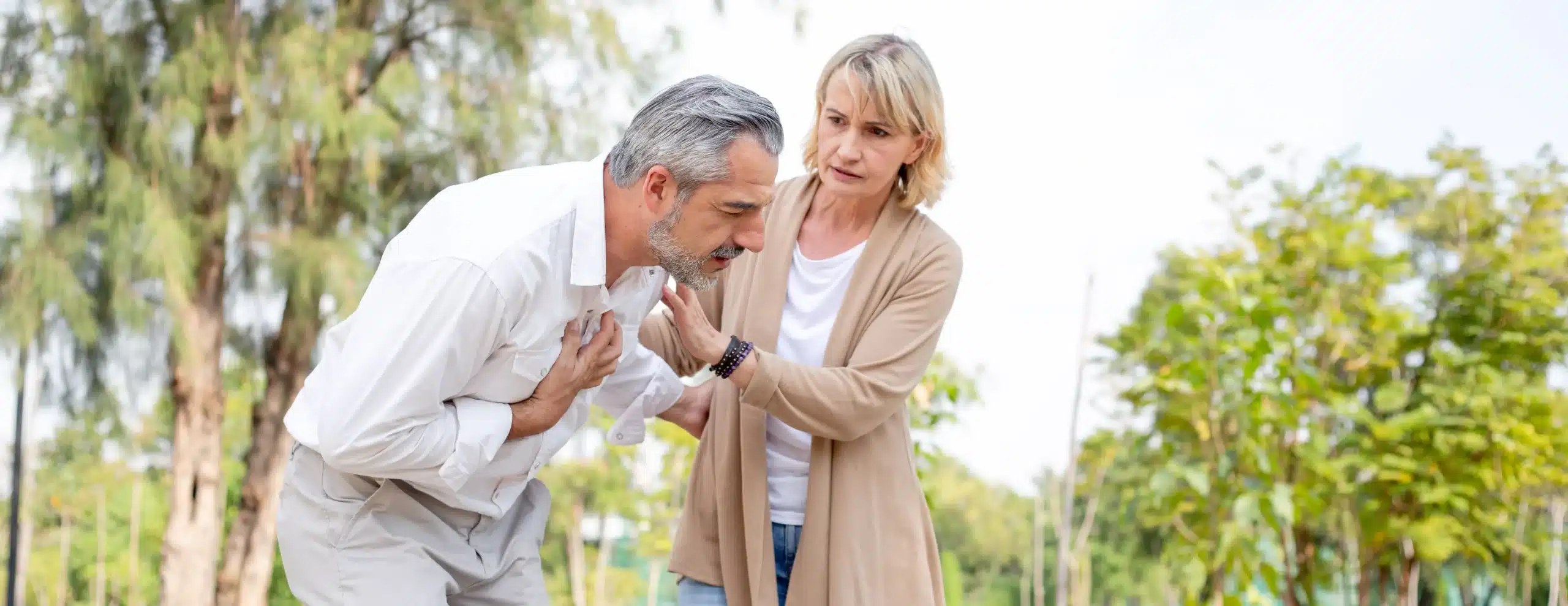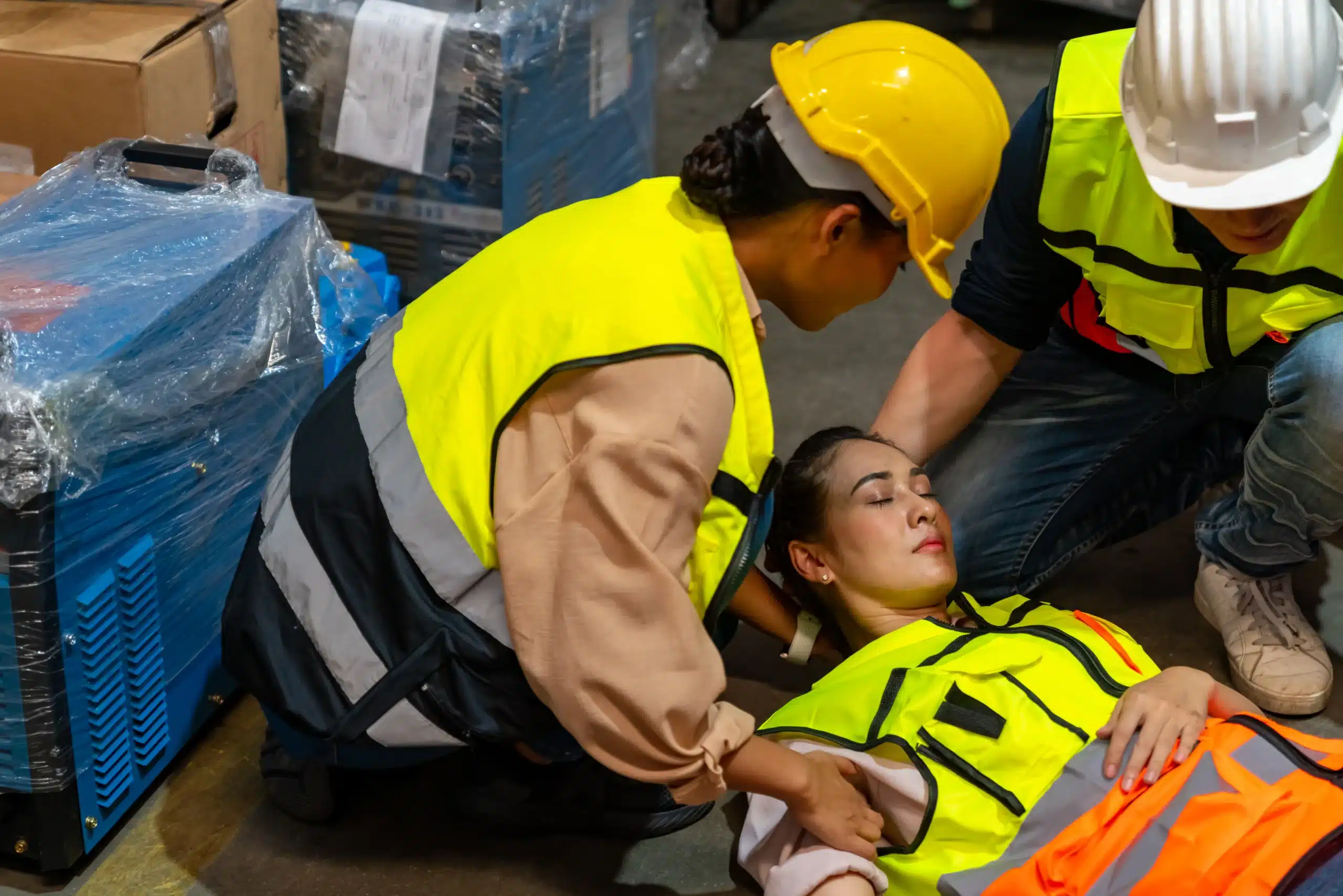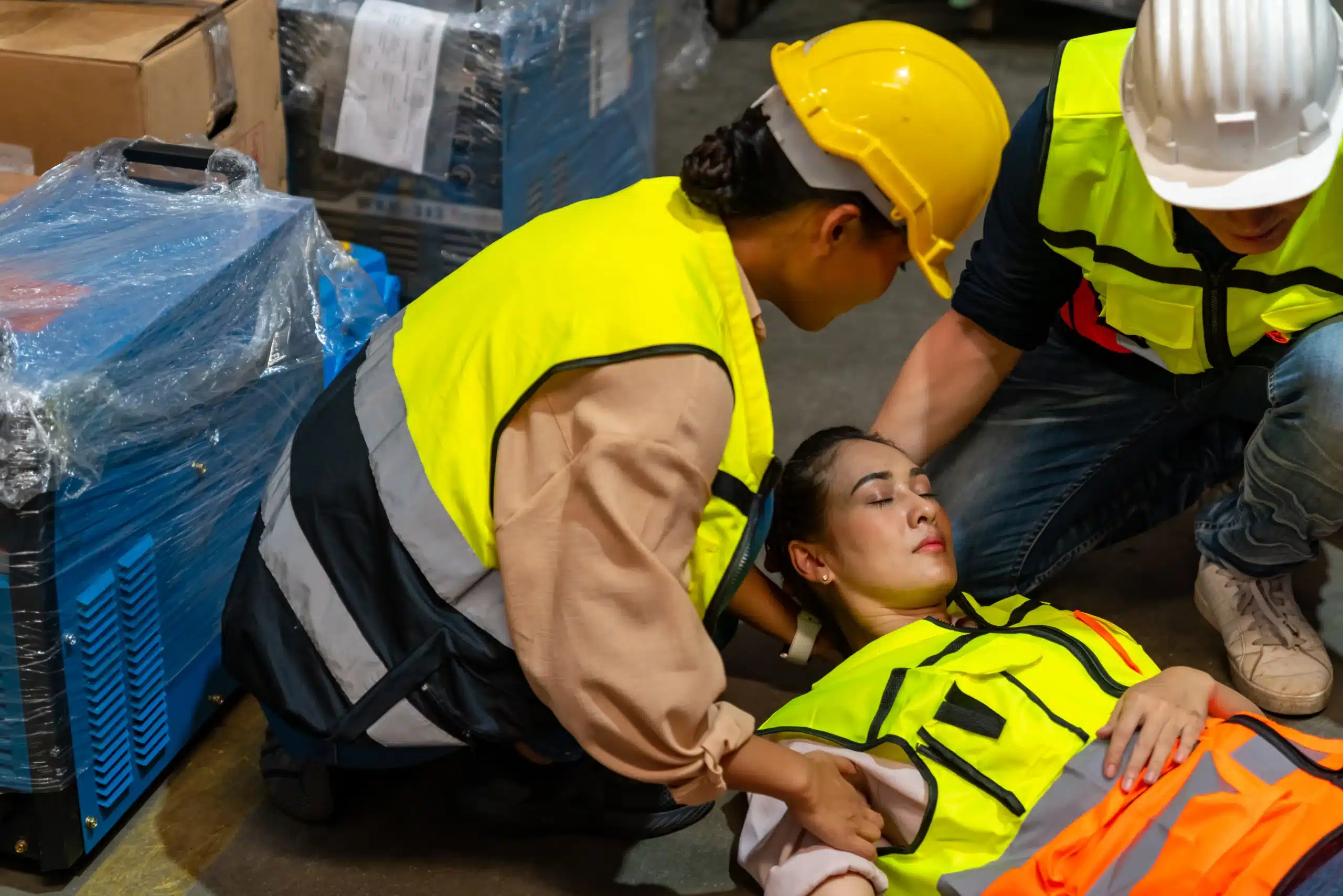Ready to learn life-saving skills? BLS classes in Berkeley empower you to confidently respond to medical emergencies. Whether you’re a healthcare professional, a childcare provider, or simply someone who wants to be prepared, BLS certification provides the knowledge and skills to make a difference. This training goes beyond basic CPR, covering a range of techniques, including using an AED and assisting with choking. In this article, we’ll explore the importance of BLS, the different types of classes available in Berkeley, and how to find the perfect course for your needs. We’ll also debunk some common myths about BLS certification and provide tips for preparing for your class.
Key Takeaways
- BLS certification equips you with life-saving skills: From CPR and AED use to airway management, these skills are invaluable in emergencies. Whether you’re a healthcare professional or simply want to be prepared, BLS training can make a difference.
- Choosing the right BLS class depends on your needs: Consider factors like location, schedule, cost, and the certifying organization (e.g., AHA) when selecting a course. Explore various providers and class formats (in-person, online, or blended) to find the best fit.
- Preparation maximizes your BLS learning experience: Check for required pre-course work, dress comfortably for hands-on training, and be mindful of the physical aspects of the course. This preparation allows you to focus on mastering the skills and gain confidence in your abilities.
What are BLS Classes and Why are They Important?
BLS stands for Basic Life Support. These classes equip you with the skills to respond to life-threatening emergencies like cardiac arrest, choking, and respiratory distress. It’s more than just CPR—BLS certification covers a range of techniques, including AED use and airway management. These skills can make a real difference, potentially saving a life.
Learn Life-Saving Skills
BLS classes teach the crucial skills needed to respond effectively in emergencies. You’ll learn how to perform high-quality CPR, use an automated external defibrillator (AED), and clear an obstructed airway. These skills can be invaluable in various situations, from assisting a family member at home to responding to an incident in a public space. Knowing how to provide immediate care can significantly improve the outcome for someone experiencing a medical emergency. For more information on the importance of BLS, check out this article on common misconceptions.
Advance Your Career
BLS certification is a valuable asset, especially for those in healthcare and related fields. This certification demonstrates your commitment to high-quality care and can create new opportunities. Many employers require it, and it can give you an edge in the job market. Whether you’re a medical student, healthcare professional, or childcare provider, BLS certification can enhance your career.
Build Confidence in Emergencies
Beyond practical skills, BLS training instills confidence and preparedness. Knowing you can handle an emergency makes you a more valuable asset at work and in your community. This confidence translates to quicker, more effective responses in critical situations, ultimately improving patient outcomes. Understanding BLS principles is essential for healthcare workers, contributing to a safer environment for everyone.
BLS Classes in Berkeley: Find the Right One
Finding the right BLS class depends on your specific needs and career goals. Berkeley offers a variety of BLS certification courses tailored to different professions and experience levels. Here’s a breakdown to help you choose the best fit:
Healthcare Provider BLS
Healthcare Provider BLS certification is designed for professionals working in hospitals, clinics, and other healthcare settings. This course covers advanced life support skills for managing cardiac arrest, respiratory issues, and airway obstructions. It’s a crucial certification for doctors, nurses, paramedics, EMTs, and other healthcare providers who regularly respond to medical emergencies. The training provided by the American Heart Association meets the rigorous standards of the healthcare industry. This course goes beyond basic CPR, equipping you with the skills to handle complex medical situations confidently.
Heartsaver BLS
Heartsaver BLS is ideal for those who need CPR and first aid training for their workplace or community involvement. This course is suitable for teachers, coaches, lifeguards, security guards, and anyone who wants to be prepared to respond to emergencies. While not as advanced as Healthcare Provider BLS, it provides essential life-saving skills and knowledge. Berkeley CPR Classes offers Heartsaver BLS training that’s accessible and convenient for Berkeley residents.
BLS for Childcare Providers
BLS for Childcare Providers focuses specifically on the needs of infants and children. This specialized training covers CPR techniques adapted for younger age groups, along with essential first aid procedures for common childhood injuries and illnesses. This course is a must-have for daycare providers, nannies, preschool teachers, and anyone responsible for the care of young children. Providers like Bay Area CPR offer CPR and first aid training specific to childcare in Berkeley, ensuring caregivers have the skills to respond effectively to emergencies involving infants and children. This specialized training provides the confidence and competence to handle pediatric emergencies with appropriate care.
What Happens in a Berkeley BLS Class?
Curious about what you’ll learn in a BLS class? These courses equip you with the skills to respond to medical emergencies. Let’s break down what you can expect.
Course Content
Berkeley BLS classes cover the essential skills needed for responding to medical emergencies. You’ll learn CPR techniques, how to use an AED, and how to assist choking victims. The courses align with the standards set by the American Heart Association (AHA), so you’re receiving comprehensive and up-to-date training. This includes recognizing the signs of someone having a heart attack or stroke, which can be crucial in getting them timely medical care.
Hands-on Practice
BLS classes aren’t just lectures. Hands-on practice is key to mastering these skills. Many courses use a blended learning approach, combining online coursework with in-person skills sessions. This lets you complete the cognitive portion at your own pace and maximize the in-person time for practicing on voice-assisted manikins (VAMs). These manikins simulate real-life scenarios, giving you the confidence to respond effectively in an emergency. Explore our BLS class options to find one that fits your schedule.
Get Certified
After successfully completing the BLS class, you’ll receive an official American Heart Association certification card. This certification is valid for two years and is recognized nationwide. It’s often a requirement for healthcare professionals and anyone in an emergency response role. This certification demonstrates your commitment to providing high-quality care and can be a valuable asset. Learn more about our low price guarantee.
Top BLS Class Providers in Berkeley
Finding the right BLS class can feel overwhelming, so we’ve compiled a list of reputable providers in Berkeley to help you get started. Each offers slightly different options, so consider what matters most to you—like location, schedule, and price—when making your decision.
Berkeley CPR Classes
Berkeley CPR Classes offers a comprehensive range of American Heart Association (AHA) certified courses, including BLS, ACLS, and PALS. This focus on AHA certification ensures your training meets nationally recognized standards. They also offer a low price guarantee and discounts for groups, making them a budget-friendly choice. Learn more on their BLS course page.
American Red Cross
The American Red Cross is a well-known provider of CPR and AED training. Their Berkeley location offers various learning formats, including in-person, online, and blended learning (a mix of online and in-person instruction). This flexibility helps you choose the learning style and schedule that works for you. While they offer BLS certification, their certification is not through the AHA.
Safety Training Seminars
Safety Training Seminars provides AHA-certified CPR, BLS, ACLS, and PALS courses in Berkeley. Their programs cater to both healthcare professionals and the general public.
American Heart Association
While the American Heart Association doesn’t directly teach classes, they set the standards for CPR and BLS training. Finding a training center that offers AHA-certified BLS courses is crucial for high-quality instruction and a widely accepted certification. This ensures your training aligns with the latest guidelines and best practices.
Bay Area CPR
Bay Area CPR offers BLS, ACLS, and PALS courses with flexible scheduling options. Their variety of courses makes them a convenient option for comprehensive training in life-saving techniques.
Cost of BLS Classes in Berkeley
Knowing the cost of BLS certification is an important part of choosing the right class. Let’s break down the typical price ranges, discounts, and special offers you might find in Berkeley.
Average Pricing
BLS classes in Berkeley generally cost between $75 and $125. This price usually includes study materials, instruction, skills testing, and your certification card. Prices can vary depending on the training center and what the course includes. For example, some centers may offer additional certifications or premium study guides that could affect the overall cost. It’s always a good idea to check directly with the provider for the most up-to-date pricing. You can often find this on their website or by giving them a call.
Group Discounts and Promotions
If you’re training a team or group, look for group discounts. Many BLS providers offer reduced rates for groups of 10 or more. This can be a great way to save money for businesses, community organizations, or even a group of friends signing up together. Berkeley CPR Classes offers these kinds of discounts, so be sure to ask about group rates when you’re comparing options.
Low-Price Guarantees
Some training centers offer a low-price guarantee, meaning they promise to match or beat any competitor’s price for the same course. Berkeley CPR Classes offers a low-price guarantee in Alameda County, making them a strong contender if affordability is a top priority. A low-price guarantee can give you peace of mind, knowing you’re getting the best possible value.
Find BLS Classes in Berkeley: Schedules and Locations
Finding the right BLS class in Berkeley means finding one that fits your schedule and learning style. Thankfully, there are plenty of options available.
Flexible Class Times
BLS classes in Berkeley are offered daily, accommodating busy schedules. Whether you’re a working professional, a student, or a parent, you can find a class time that works for you. Many providers offer weekend and evening classes, increasing your scheduling flexibility. Check with specific providers like Berkeley CPR Classes for their most up-to-date schedule.
In-Person, Online, and Hybrid Options
You can choose the learning environment that best suits your needs. In-person classes provide hands-on training and direct interaction with instructors. Online courses offer flexibility and self-paced learning, allowing you to learn essential skills on your own time. Blended learning formats combine online coursework with in-person skills sessions, offering a balance of convenience and practical experience. The Red Cross offers a variety of learning formats.
Convenient Berkeley Locations
BLS training centers are conveniently located throughout Berkeley, making them easily accessible to residents. This central location also serves those living in nearby cities like Oakland and San Pablo. With various locations available, you can find a class close to home or work. Bay Area CPR is known for its accessible training locations.
BLS Certification: Process and Validity
Same-Day Certification
One of the best parts about taking a BLS course is the efficient certification process. You’ll receive your American Heart Association BLS certification card the same day you complete your skills test. This means you leave class fully prepared and officially recognized for your BLS skills. No waiting around for your credentials to arrive in the mail! This quick turnaround is especially helpful for those needing certification for upcoming job requirements or other time-sensitive situations.
Two-Year Validity
Your BLS certification remains valid for two years from the date it’s issued. This timeframe provides ample opportunity to use your skills and contribute to safe and effective patient care. Whether you’re a healthcare professional or someone who wants to be prepared for emergencies, knowing your certification is good for two years offers peace of mind. It also gives you time to plan for recertification without feeling rushed.
Renew Your Certification
The American Heart Association makes it easy to renew your BLS certification when the time comes. Various options are available, including in-person and online renewal courses, allowing you to choose the format that best fits your schedule and learning style. Staying current with your BLS skills is crucial for providing high-quality care and responding effectively in emergencies. Regular renewal ensures your skills remain sharp and you’re always ready to help.
Choose the Right BLS Class
Finding the right BLS class means considering a few key factors to ensure you receive high-quality training and a valuable certification. Here’s what to look for:
Accreditation and Certification
First, confirm the program is accredited by a respected organization. The American Heart Association (AHA) is a leader in CPR training, and their BLS certification is widely recognized. Ensure any class you take meets AHA standards so your certification is valid and respected, especially if you need it for your job.
Instructor Qualifications
The instructor’s expertise directly affects your learning. Seek out classes taught by experienced, certified professionals. Safety Training Seminars, a woman-owned AHA Training Center, focuses on quality instruction. They offer various courses, including BLS, ACLS, and PALS, with comprehensive training from qualified instructors. A good instructor makes a difference in your comfort level and how well you retain the skills.
Class Size and Format
Think about what learning environment suits you best. Class size and format significantly impact your experience. Smaller classes often allow for more individual attention and hands-on practice. Larger classes might be preferable if you like a lecture-style environment. Consider whether you prefer an in-person class, an online option, or a blended learning approach. Providers like Bay Area CPR offer various scheduling options to accommodate different needs. Choosing the right format can make learning more effective and enjoyable.
BLS Class Myths: Debunked
Let’s clear up some common misconceptions about BLS certification. These myths can prevent people from getting the training they need to save a life.
“BLS is Only for Healthcare Professionals”
It’s easy to assume that BLS training is just for doctors and nurses. While it’s certainly essential for their work, BLS skills are valuable for anyone. Emergencies can happen anytime, anywhere. Knowing how to use an AED, perform CPR, and help someone who is choking can make all the difference, whether at home, work, or in the community. BLS certification equips you with these essential, life-saving skills, regardless of your profession. In fact, having more people trained in BLS creates a safer environment for everyone.
“Certification is a One-Time Requirement”
You might think that once you’re certified, you’re set for life. Unfortunately, that’s not true. BLS guidelines and best practices are updated regularly to reflect the latest medical research. Renewing your BLS certification ensures you’re always using the most effective techniques. This commitment to ongoing education is crucial for maintaining proficiency and confidence in providing aid during critical situations. Regular refresher courses reinforce these skills and keep them sharp.
“Online BLS Certification is Not Credible”
Some people believe that online BLS certification is less valuable than in-person training. However, many respected organizations, including the American Heart Association, offer comprehensive online BLS courses that meet the same rigorous standards as traditional classroom-based programs. These online programs often combine interactive modules, videos, and simulations to provide a thorough learning experience. They can be a convenient and effective way to get certified, especially for those with busy schedules or limited access to in-person classes. Just be sure to choose a program from a reputable provider aligned with current AHA guidelines.
Prepare for Your BLS Class
Getting ready for your BLS class involves a little more than just showing up. A bit of preparation beforehand can make your learning experience smoother and more effective. Here’s what you should know:
Pre-Course Materials
Some BLS courses require pre-course materials, often an online component like RQI (Resuscitation Quality Improvement). Check with your chosen provider, like Berkeley CPR Classes, to see if this applies to your class. Completing these materials before class can significantly reduce your in-class time and allows you to focus on hands-on practice. It’s a great way to feel confident going into the in-person session.
What to Bring
While there isn’t usually a required materials list for BLS classes, it’s helpful to think about the physical demands of the training. You’ll be practicing CPR techniques, which can be moderately strenuous. Consider your physical comfort level and any limitations you might have. Being mentally and physically prepared will make the learning process more comfortable and effective.
Dress Code
There’s usually no strict dress code for BLS classes, but comfortable clothing is essential. You’ll be moving around quite a bit, so choose attire that allows for a full range of motion. Think practical and comfortable—you’ll thank yourself later!
Related Articles
- BLS Renewal in Oakland: Your Guide – Berkeley CPR Classes
- HeartCode BLS in Alameda: Your Guide to Certification – Berkeley CPR Classes
- HeartCode BLS in Berkeley: Your Guide to Certification – Berkeley CPR Classes
- BLS Renewal in Berkeley: Your Go-To Guide – Berkeley CPR Classes
- CPR Myths You Need to Stop Believing – Berkeley CPR Classes
Frequently Asked Questions
What is the difference between BLS and CPR? CPR (Cardiopulmonary Resuscitation) is a specific technique used within BLS (Basic Life Support). Think of BLS as the broader term encompassing several life-saving techniques, including CPR, using an AED, and relieving choking. BLS provides a more comprehensive approach to emergency care.
How long does BLS certification last, and how do I renew it? BLS certification is valid for two years. Renewal involves taking a recertification course, which can be done either in person or online, depending on the provider and your preference. It’s important to renew your certification before it expires to maintain your skills and credentials.
What if I have physical limitations? Can I still take a BLS class? Absolutely! While BLS classes involve hands-on practice, instructors are trained to accommodate various physical limitations. It’s always a good idea to discuss any concerns with the training center beforehand so they can make appropriate adjustments. They can offer guidance and modifications to ensure you can participate fully and safely.
Is online BLS certification accepted? Yes, online BLS certification from a reputable provider, such as those offering AHA-aligned courses, is widely accepted. These courses often combine online learning with in-person skills sessions to ensure you get both theoretical knowledge and practical experience. Just make sure the program you choose meets the requirements of your workplace or organization.
How much do BLS classes cost in Berkeley, and are there any discounts available? BLS classes in Berkeley typically range from $75 to $125. Many providers offer discounts for groups, so if you’re signing up with colleagues or friends, be sure to ask. Some training centers also have low-price guarantees, ensuring you get the best value for your training. It’s always wise to compare prices and check for any ongoing promotions before registering.


